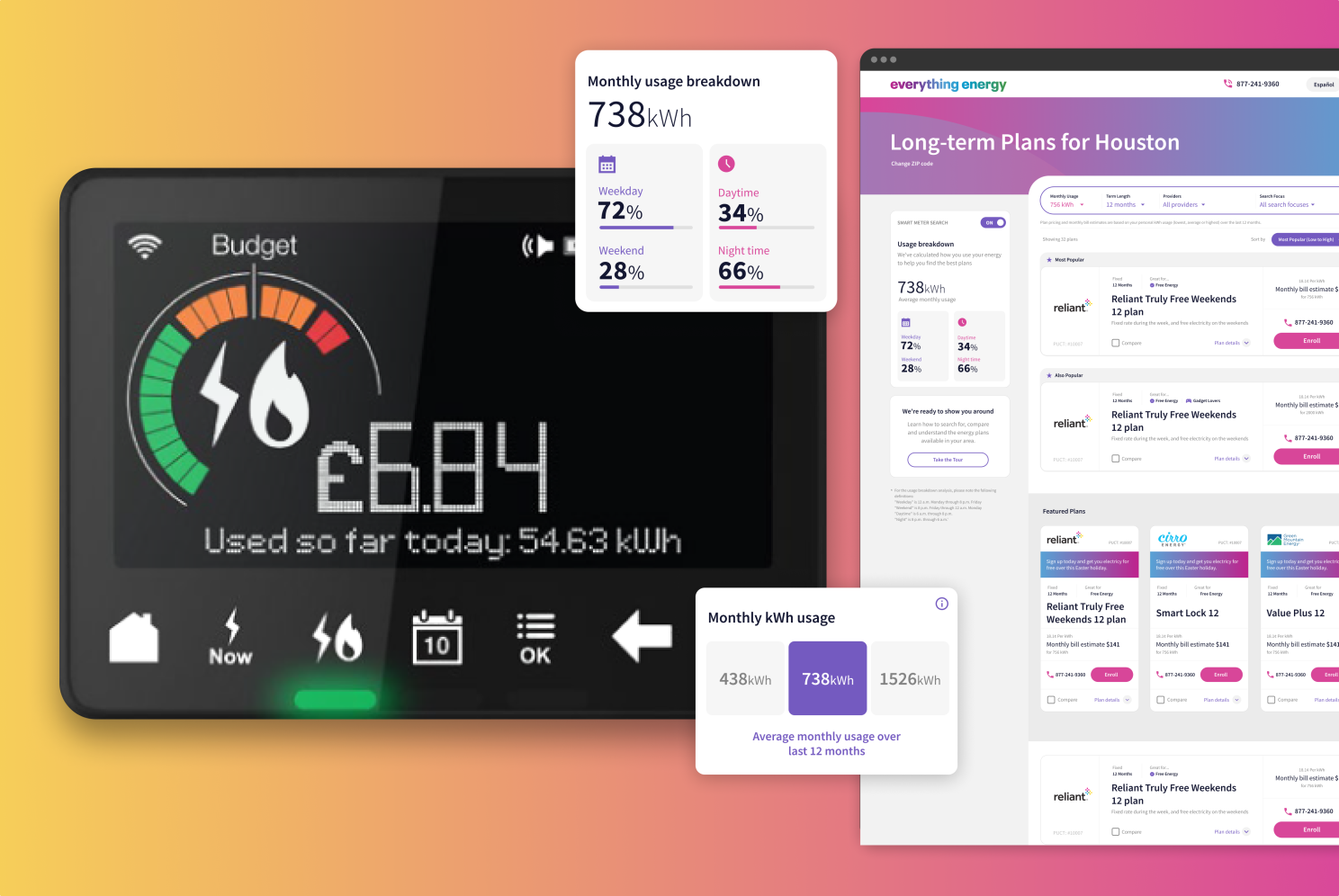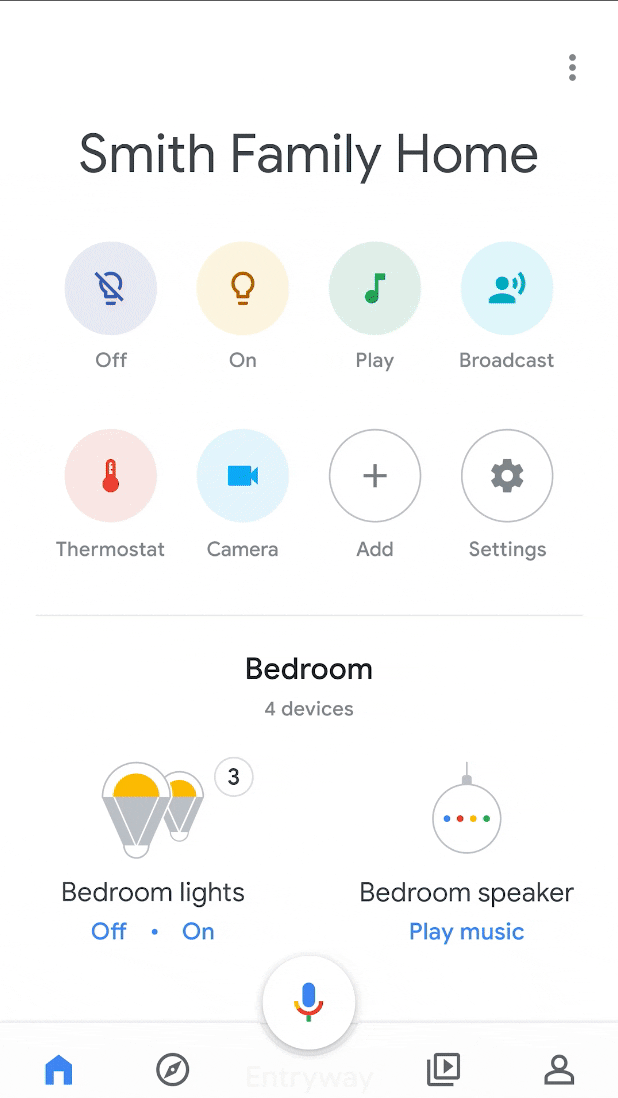Whether it is rising energy costs or growing environmental awareness, customers are demanding more transparency from their providers.
And guess what, better digital experiences hold the key.
Customers expect both intuitive and easy-to-use services, but importantly they’re now seeking greater value alignment.
So, here’s what’s happening
“On average only 58% of customers are satisfied with the ease of their energy experience…” – EY
“Energy providers will need to introduce better technologies to attract and retain the next generation of energy customers…” – Utility Week
“The smart home market is growing at 11% per annum…” EcoExperts
Improving product experiences needn’t be daunting. Change can be fast, sustainable and scalable. However energy providers should focus on three key areas when planning new products.
Consumers increasingly want to track their usage and spending in real-time.
There are now over 22 million smart metres connected in the UK, and significantly 100 million advanced smart metres installed in the US.
The provision of digital-first capability is becoming an expected norm. Today, price and value is becoming key for consumers.
A recent report shows 81% of consumers say they want more self-service optionsNICE, 2022
Energy brands need to build transparency into their product experiences.

Our recent work with NRG Energy connected a price comparison platform to customer smart metre readings. This approach helps users identify the best product plans based on their real time usage.
As we move towards the connected home, smart tools and automations that drive energy efficiency are increasingly important.
Energy brands must work harder to deliver better experiences to manage these tools. If they don’t, they risk third-party vendors owning the customer relationship.
Google Smart Home is leading the way in aggregate home solutions, offering a one-platform solution for customers to control their appliances.

Energy brands must step up native automation and personalisation in their products or risk aggregators becoming the gateway to customer relationships.
Consumers are seeking dynamic energy ecosystems – and with that, information will be shared across a multitude of appliances and providers.
Data protection and personal security will be at the forefront of new product transformations. Hence designing methods that enable consumers to easily integrate their services with trusted credentials will become an important aspect of product experiences.
A breach of just one device will put the entire system at risk.

The cost of living and energy crisis is causing both change and uncertainty. However energy brands can rise to the challenge and win consumer loyalty.
Small, agile and focused product teams can create fast, sustainable and scalable products.
Energy providers can learn quickly what will be accepted and adopted by customers, and deprioritise features that will not.
This user-first approach fosters lasting loyalty, trust and ultimately longer term growth.

If you’re interested in the topics explored in this article find out more here. Equally drop us a line to learn how we’re helping create market leaders in the energy sector.
About Athlon
Athlon is a global design studio specialising in UX and Brand design. We work with market leaders and start-ups to take brave ideas to market.